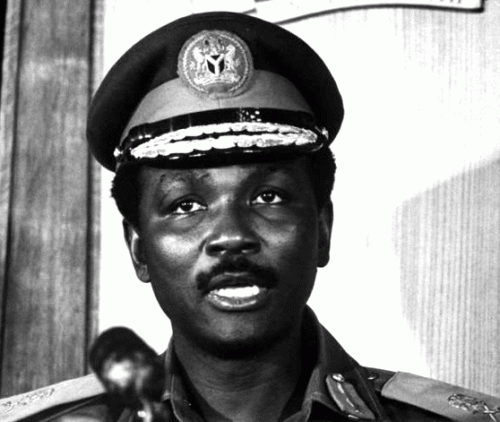Leaders are meant to make the tough decisions, keep the economy afloat, make sound political and diplomatic decisions to keep the country flourishing. However, before we reach the point where we can speak of the ideal leader, we must add that every country must have a transition period where bloodshed and madness will prevail.
As humans, it is ingrained in a natural history that there’d be violence, massacres and destruction as power continually changed hands between leaderships.
However, there is no harm in mentioning that each country hasn’t had their fair share of horrible leaders.
In an article found online, Ten of our political leaders in the last 130 years have been the architects of the most horrific genocides, systematic murders, blockades, brutal wars, and policy reforms history has ever recorded.
Check out the list below,
10. Yakubu Gowon (1.1 million deaths)
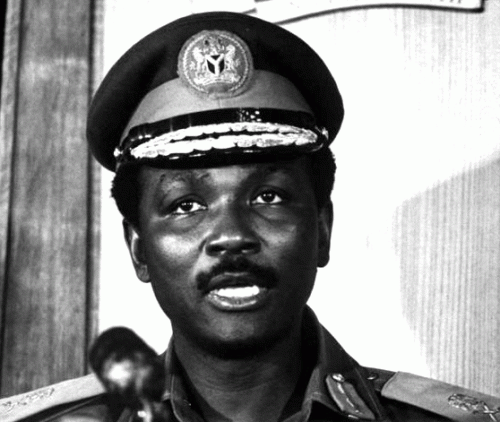
It starts as many sad stories do with precious beautiful oil. It had been found in the Niger delta where tensions were already high between the Eastern region (led by Ojukwu) and the rest of the country (governed by Yakubu). A dummy agreement was signed between them called the “Aburi Accord”, but it meant nothing to either leader.
Yakubu started to put pressure on the region and tested how much sway he had in the area versus Ojukwu. Well, Ojukwu being no slouch declared secession from the rest of Nigeria and became the “Republic of Biafra”. This began a war that caused the deaths of 100,000 soldiers, and much worse, a blockade on the region which starved 1 million civilians.
9. Mengistu Haile Mariam (400,000 – 1.5 million deaths)
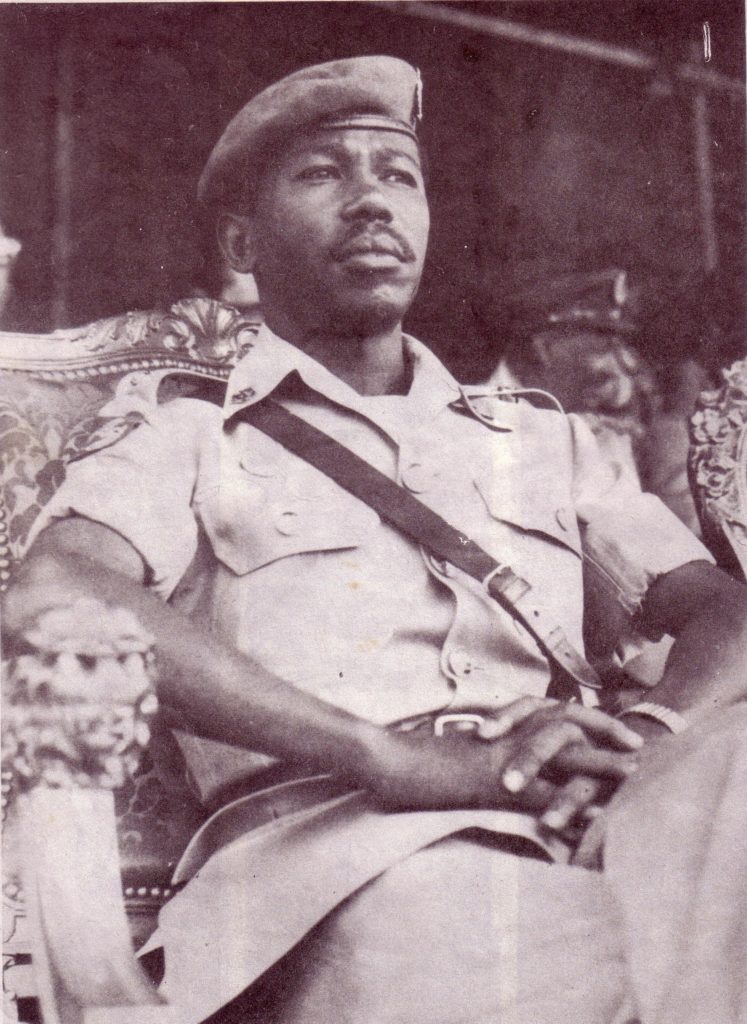


Mengistu Haile Mariam is a politician who presided over Ethiopia from 1974 to 1991. The way he got into power was by smothering the previous president Haile Selassie although he has denied those rumors. His biggest claim to fame is the Ethiopian Red Terror which was a campaign of repression led by the Derg (communist militia in Ethiopia).
In his introductory speech Mengitsu yelled, “Death to counterrevolutionaries! Death to the EPRP!” Then he took three bottles filled with blood and threw them to the ground.
During his reign, thousands were killed and found dead on the streets in the years that followed. Much of the murdering can be attributed to the friendly neighborhood watch there known as “Kebeles”.
8. Kim Il Sung (1.6 million deaths)
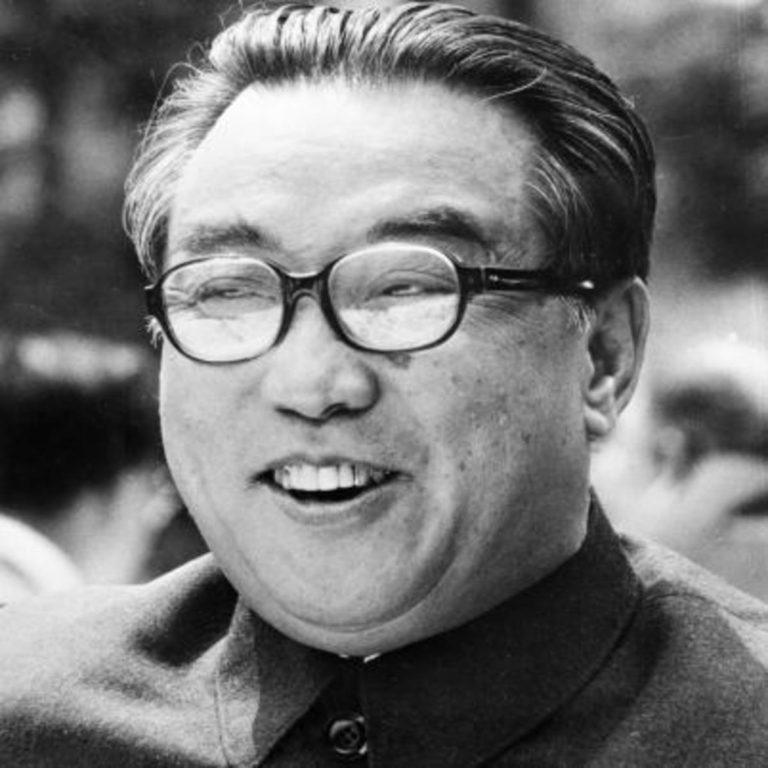


Before our very own Kim Jong-Il was his murderous father Kim Il Sung who led North Korea in a terrible direction. He fought for a command economy that allowed the government to make all decisions for the country.
For various reasons, the people never seemed to love the man, and so his hold on power was tenuous at best. Like most lunatics in power, he had to blame somebody else, in this case, the USA and said they had spread disease throughout its population. He also initiated had large-scale purges. His underlying reason was that it would scare people into believing he was telling the truth. Kim’s purge was a little different than Stalin’s though in that there were no trials. During his tenure prison camps sprung up all over the country to contain the ever growing masses of people against Kim Il Sung.
7. Pol Pot (1.7 million deaths)



Pol Pot was the leader of the communist movement in Cambodia. He attempted to “cleanse” the country and it resulted in the death of an estimated 1.7 to 2.5 million people. There was an interesting policy going around called agrarian collectivization which he put into practice in the late 1970’s.
Basically, he forced city folk to head out to the farms to do some labor and vice versa for farmers. As you might guess, and hindsight is 20/20, neither group was very good at their new jobs. Pol didn’t stop at enslaving his own people though. He also didn’t feed them well, gave them little medical care, and executed many of them. The net result was killing off approximately 1/5 of the Cambodian population!
6. Ismail Enver Pasha (2.5 million deaths)
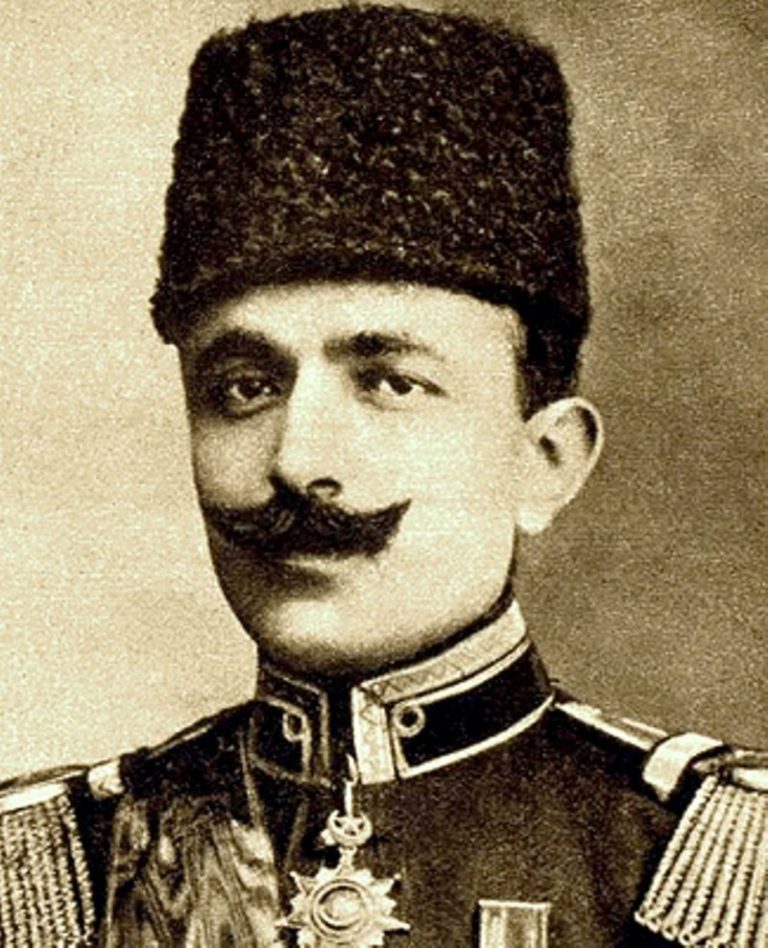


He began his career as a Turkish military officer and leader in the Young Turk revolution. Eventually, he rose to power and led the Ottoman Empire in both Balkan Wars and World War I. As a war minister Enver was not very useful, and was defeated over and over. His crushing loss at the Battle of Sarikamish needed a scapegoat, and that’s when he decided to blame Armenians for the failure. That is what began what is now known as the Armenian Genocide. The word “genocide” was coined to describe this event.
5. Hideki Tojo (5 million deaths)



Hideki Tojo was a general in the Imperial Japanese Army. He assumed the position of Prime Minister and held Army Minister concurrently. As if that wasn’t enough he also held other major positions like Home Minister, Foreign Minister, Education Minister, and Commerce Minister. His major contributions to education were teaching militaristic and nationalist indoctrination. His version of homeland security was approving eugenics measures which essentially made a distinction between pure blood and mixed blood Japanese families.
During World War II Tojo started winning battles and the public loved him for it. He really bought into the Nazi ideology, and held steadfastly with Germany. When the tide turned, and he began losing, it was devastating.
He was tried for war crimes and found guilty of waging wars of aggression, wars in violation of international law, and waging unprovoked war against many countries. Not to mention ordering, authorizing, and permitting inhumane treatment of Prisoners of War.
4. Leopold II of Belgium (2-15 million deaths)
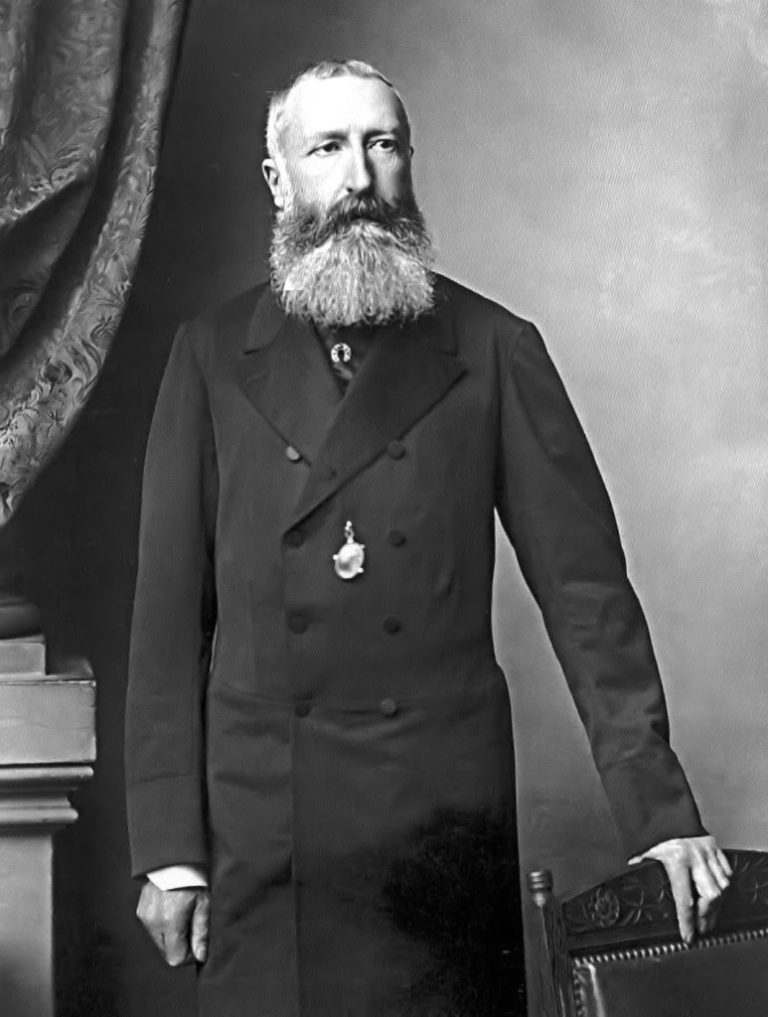


Leopold II was the King of the Belgians, and believed in colonialism. He thought acquiring colonies overseas was essential to a great country and was always scheming. The problem was Belgium really didn’t care, and so Leopold went into business for himself. He started a company that seemed like it was doing good called the International African Society. A year later he used that company to travel to Congo, laid claim to a plot of land 14 times the size of Belgium, and made 14 countries agree (USA included) that he was free to rule it with his own private militia. He then forced the indigenous populations into forced labor, created a bustling rubber industry, and abused his workers grievously.
Estimates of the death toll range from two to fifteen million which could all have been avoided if 14 countries didn’t allow it but they did.
3. Adolf Hitler (17 million deaths)
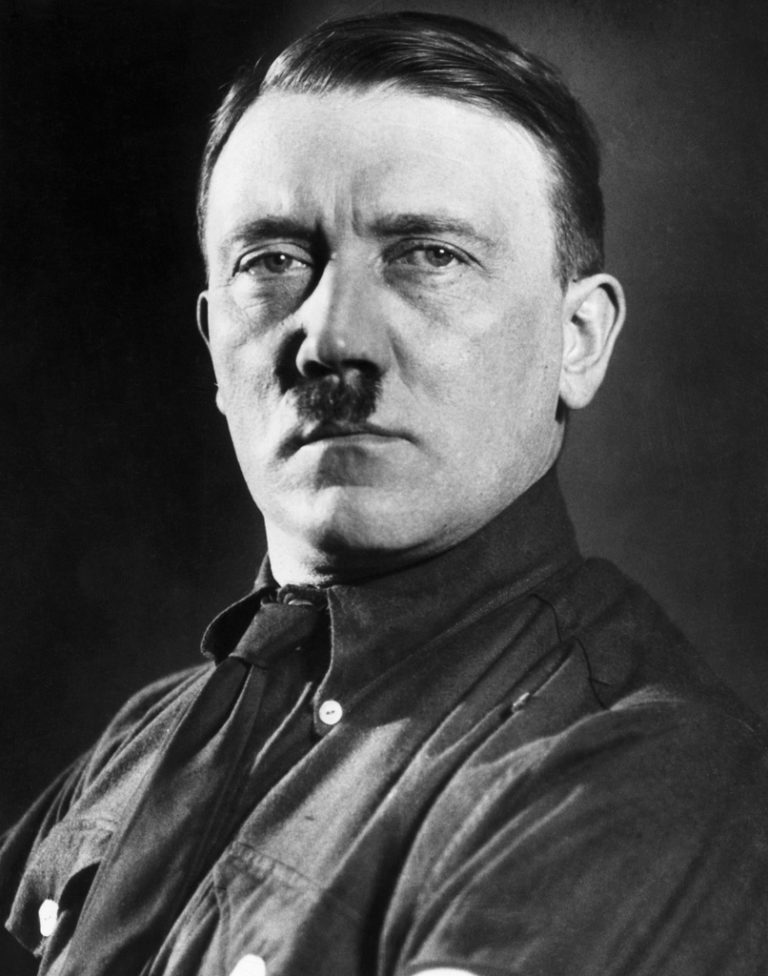


Adolf Hitler was the leader of the Nazi Party. He was the absolute dictator of Germany from 1934 to 1945. He gained support by promoting values like German nationalism and anti-semitism.
Hitler was appointed chancellor in 1933 and began the Third Reich. Hitler was power hungry as all hell, hated the shit out of Jews (and others), and wanted hegemony in Europe. The militarization that was needed to complete such a lofty goal led to the outbreak of World War II. Nazi forces engaged in the systematic murder of as many as 17 million civilians, an estimated six million of whom were Jews and 1.5 million Romanis.
2. Jozef Stalin (23 million deaths)
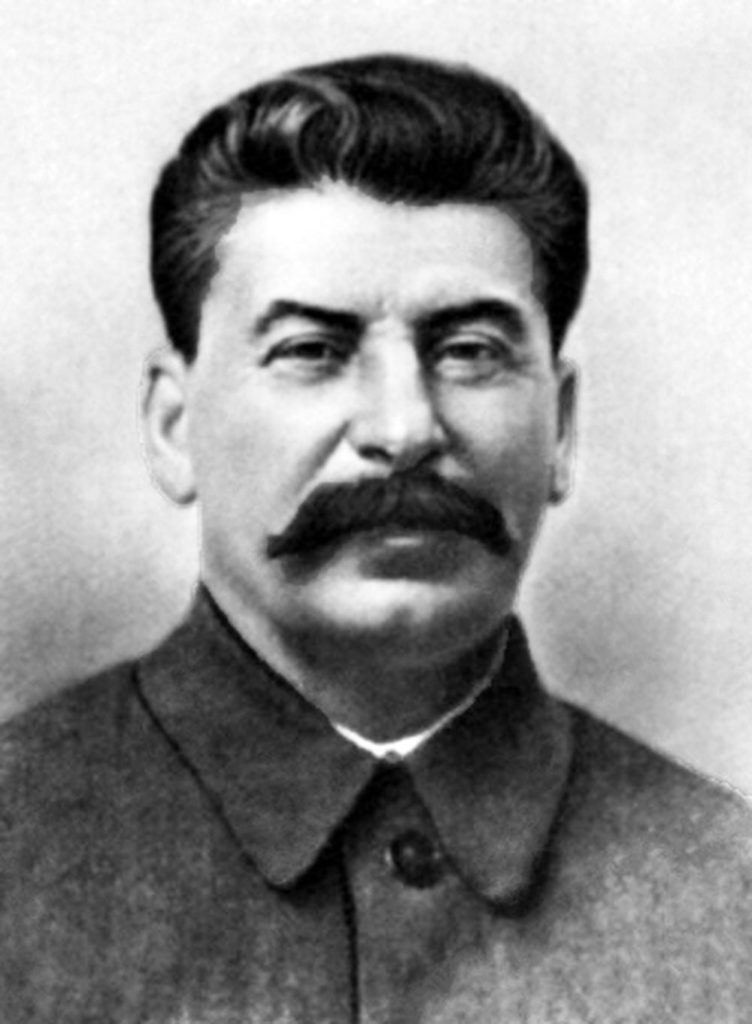


Jozef Stalin was the first Secretary of the Communist Party from 1922 – 1953. After Lenin’s death in 1924, he became the leader of the Soviet Union. Stalin didn’t take long in launching a new economy that screwed up food production across the country so bad it caused massive famine.
Between 1922-23 it had reached such catastrophic proportions, in Ukraine this dark period is known as Holodomor; where it was widely believed that Soviet policies caused the famine there and was designed as an attack on Ukrainian nationalism. Estimates on the total number of casualties within Soviet Ukraine range from 2.6 million to 10 million! During the late 1930s, Stalin launched another wonderfully titled initiative called the Great Purge. It was a paranoid campaign to kill off the people who opposed him, and his targets were often executed.
In 1939 Stalin agreed to a non-aggression pact with the Nazis. Eventually, Germany violated the pact, the Soviet Union joined the allies, and they racked up 23.9 million deaths (the largest death toll in the war).
1. Mao Zedong (49-78 million deaths)



Mao Zedong was a Chinese revolutionary, political theorist, and communist leader who led the People’s Republic of China. Mao, while controversial, is still widely considered a savior of the nation. During his first five years from 1949 – 53 he is said to have systematically killed between 4 to 6 million people by sentencing them to die or by sending them to “reform through labor” camps. He organized mass repressions, established execution quotas, and defended his actions in these early years as necessary for securing power for “The People’s Republic of China”.
His social programs the Great Leap Forward and the Cultural Revolution are two of the most ill-fated, poorly named, initiatives ever. The first was an effort to rapidly industrialize China. His focus was on making China a premier exporter of steel, and to this end, he asked everybody to make it. The problem was it got many citizens to make smelting shops in their backyards. Not only was the steel of little value, but it was made from everything lying around the house including their own cooking supplies! Without the tools to make food, no money coming in from the steel, and no money to survive ~ a lot of people starved to death. The estimates on this program alone are 20 million deaths!
In the interim Mao started the socialist education movement. He aimed the concept at young ones who would eventually wrest the power away from the older guard. By 1964 this movement was renamed the “four cleanups movement” whose goal was cleansing politics, economics, ideas, and organization of “reactionaries”. This led to the formation of the “Red Guards” who were organized to punish intellectuals and take out Mao’s political adversaries. The Cultural Revolution was now underway, and its overriding mission was to abolish: Old Customs, Old Culture, Old Habits, and Old Ideas. Something Mao fervently believed in was that destruction and chaos could bring re-birth. So he told his followers to destroy buildings, sacred objects, talk back to one’s elders, punish them, turn them in, and kill those who did not agree. By 1968 things were starting to look pretty good for Mao all over again, and so he put into place the decade long “Down to the Countryside Movement” which forced young intellectuals to move out to the country to become farmers. Sadly, the people he pushed out there were the same Red Guards who had helped him get back into power. Estimates of the death toll are between 40,000 – 7 million depending on who you ask.
Finally, there is the 100 flowers movement which just needs an abbreviated mention here. Mao asked people to come forth and tell him how he should govern China. Intellectuals and liberals bit at the chance to tell him what they really thought, and were encouraged by the Communist party to do so. Then in a sudden change of heart or an incredibly crafty mission to out his haters, the government persecuted 500,000 of them who were considered to be “dangerous thinkers”.
Essentially, the moral of this story will be to try as much as possible not to repeat the mistakes of the past so that they wouldn’t bring forth situations where people like this will take power and make everyone miserable.

